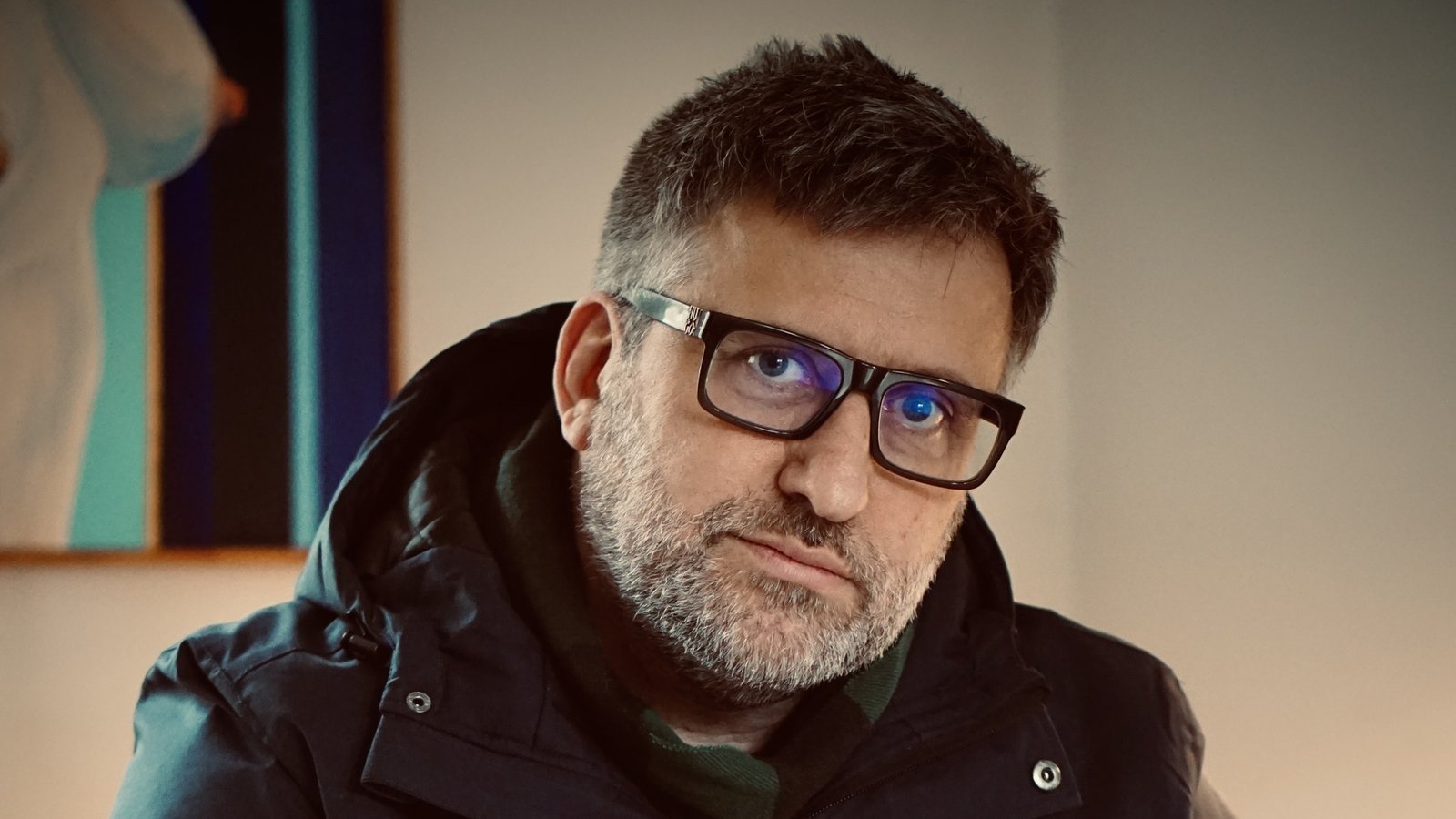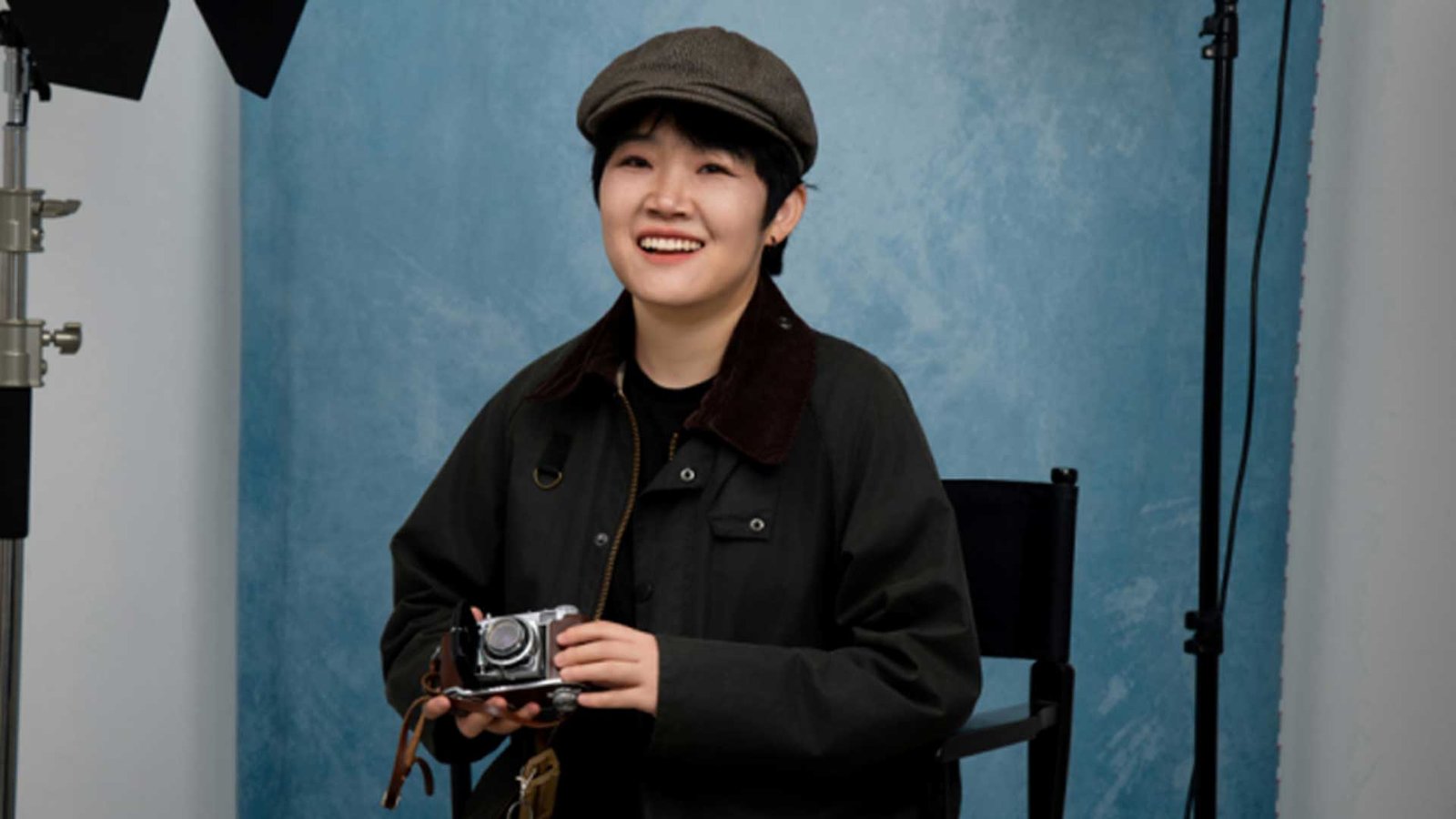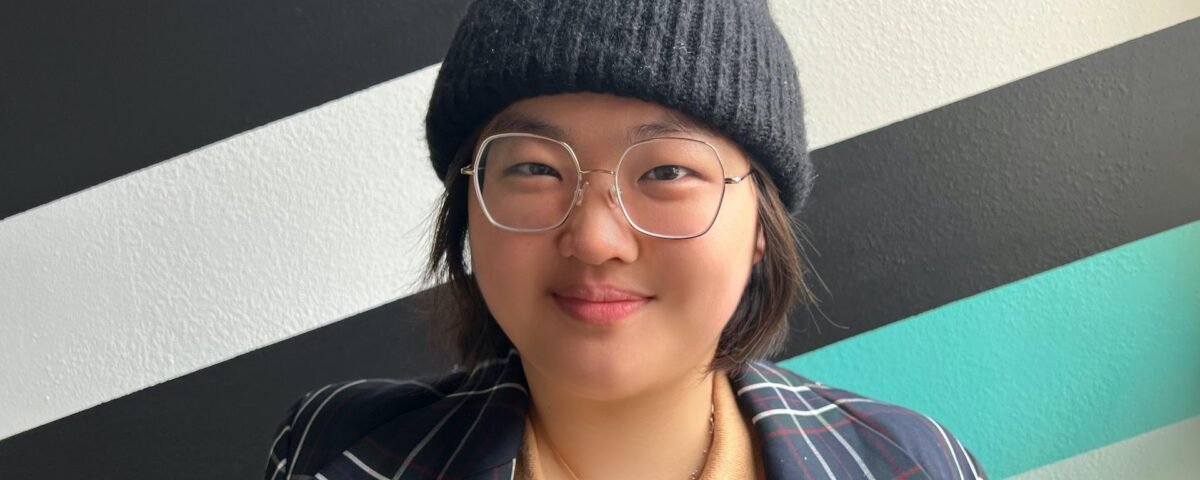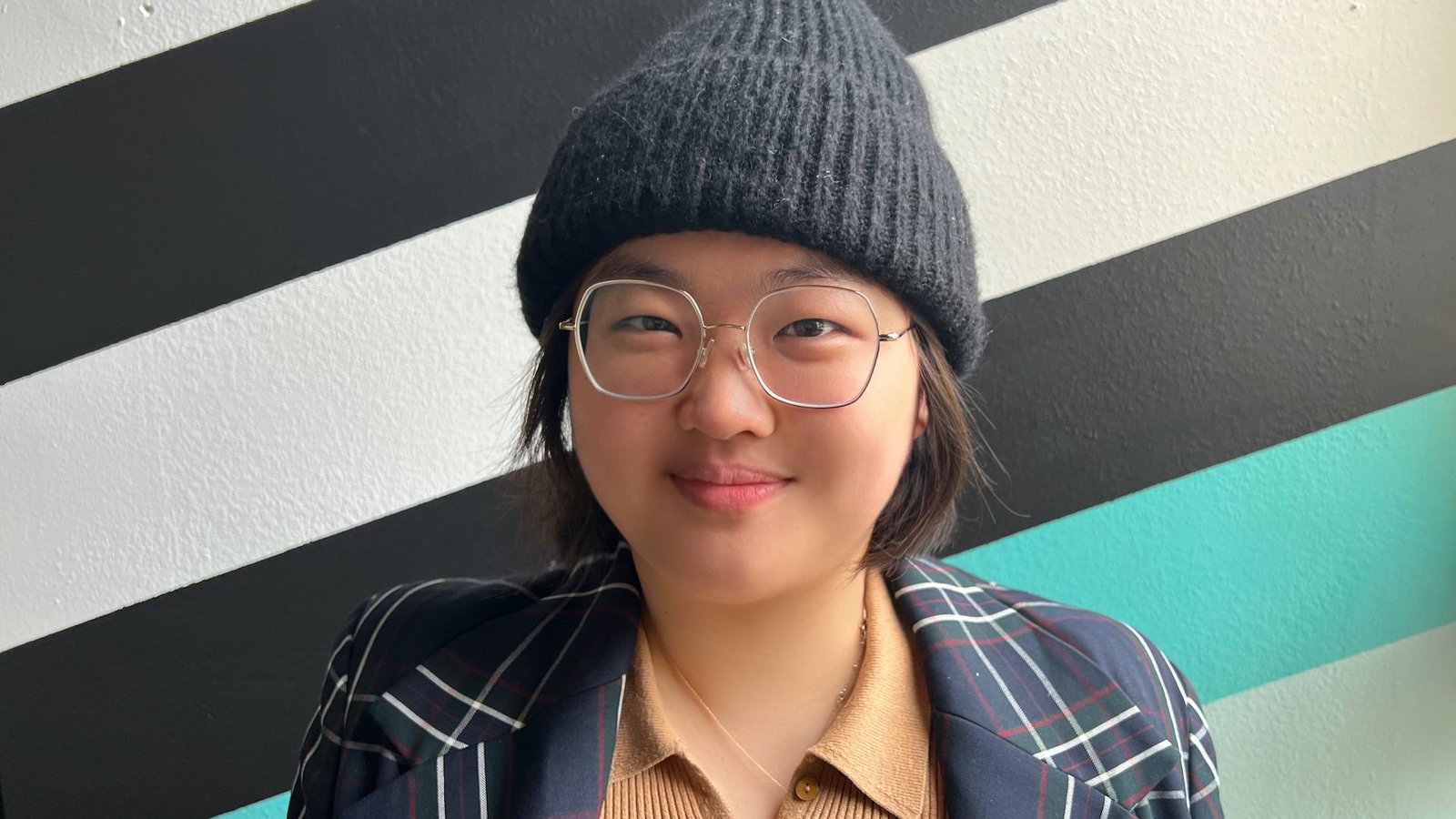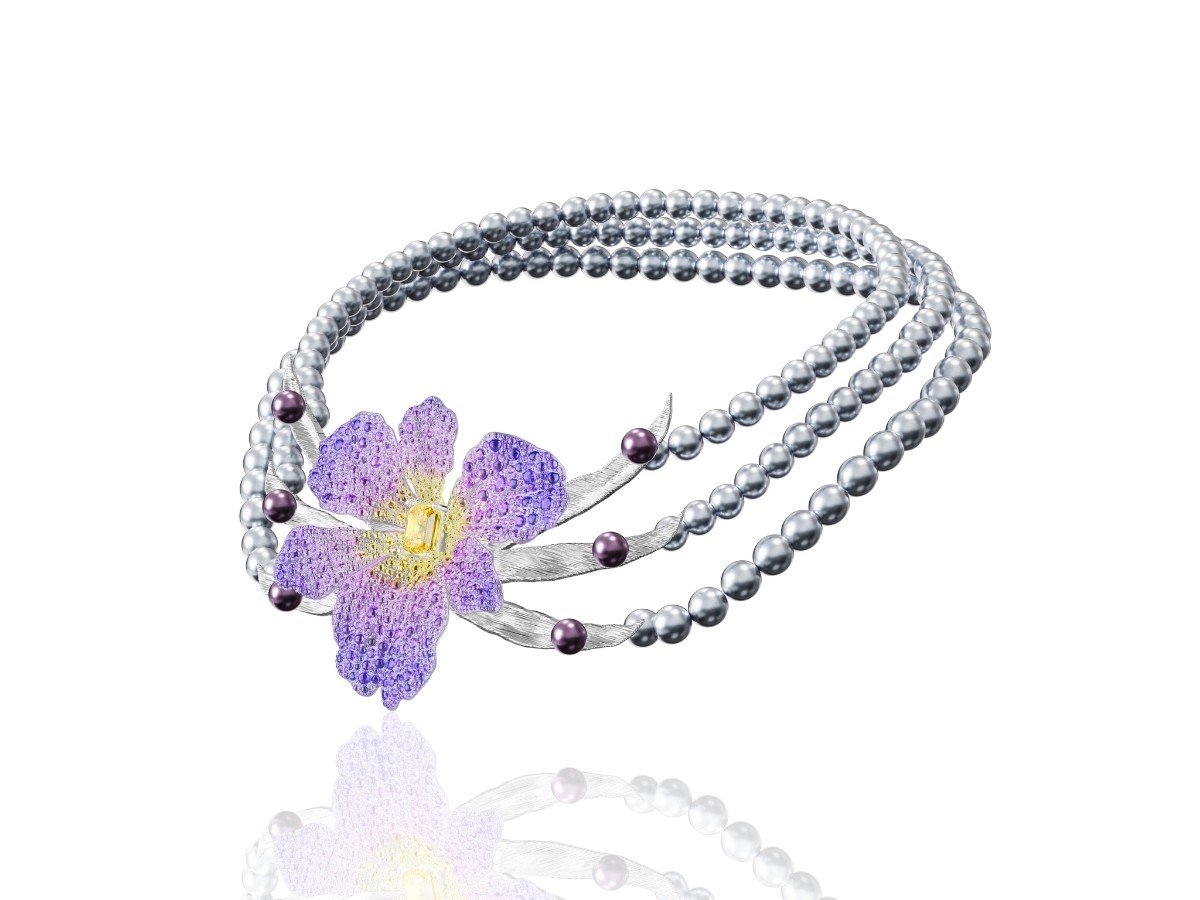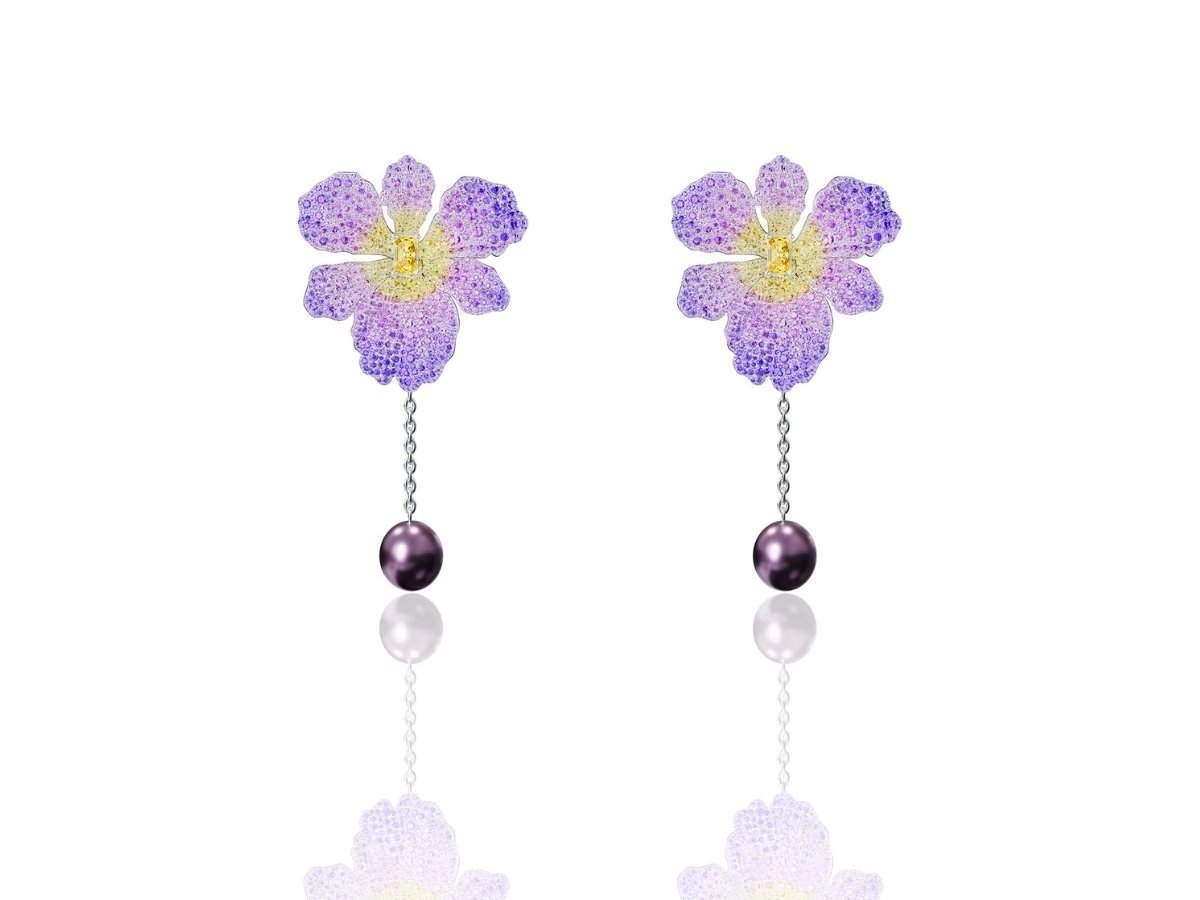1Congratulations on winning the NY Product Design Awards! Can you introduce yourself and share about what inspired you to pursue design as a career?
Thank you! I’m Xinchen Li, a jewelry and installation artist originally from China, now based in the U.S. My journey into design began unexpectedly—I studied computer science before discovering metalsmithing. The tactile nature of working with materials and the emotional resonance that objects can carry drew me in. Jewelry became a way to tell personal and cultural stories through form, material, and detail.
2What does being recognized in the NY Product Design Awards mean to you?
It’s a deeply affirming moment. This recognition validates not only the craftsmanship and concept behind Iris Symphony but also the idea that jewelry can be a medium of emotional storytelling. It encourages me to continue merging technical skill with poetic intention.
3How has this achievement impacted your career, team, or agency, and what opportunities has it brought so far?
It’s opened up conversations with customers and it has also strengthened the visibility of my design practice.
4What role does experimentation play in your creative process? Can you share an example?
Experimentation is essential. I often begin with hands-on prototyping, letting materials guide the form. For Iris Symphony, I experimented with layering pavé-set stones in varied sizes and hues to mimic the texture of iris petals—a process that required both technical precision and aesthetic intuition.
5What's the most unusual source of inspiration you've ever drawn from for a project?
A pair of worn-out black Converse shoes—my only pair when I moved to New York. I recreated them with a 3D printing pen as a sculpture, turning a personal object into a metaphor for resilience and migration.
6What’s one thing you wish more people understood about the design process?
That design is not just about beauty or function—it’s also deeply emotional. Behind every decision, there are hours of iteration, personal reflection, and often, a quiet narrative waiting to be discovered.
7How do you navigate the balance between meeting client expectations and staying true to your ideas?
It’s about communication and trust. I listen closely to what clients value, then translate those needs through my lens. If a piece is grounded in meaning, it naturally finds alignment between vision and expectation.
8What were the challenges you faced while working on your award-winning design, and how did you overcome them?
Achieving harmony between multiple materials—especially integrating pearls with intricate pavé gemstones—was technically challenging. It took several mockups and adjustments to refine the proportions and flow, but patience and persistence helped bring the composition to life.
9How do you recharge your creativity when you hit a creative block?
I step away and immerse myself in something tactile—walking, sketching loosely, or even reorganizing my room. Often, memory or a small object sparks new ideas when I least expect it.
10What personal values or experiences do you infuse into your designs?
My work is deeply rooted in memory, nostalgia, and cultural identity. As an immigrant, I’m drawn to how objects carry history, vulnerability, and resilience. Each piece is a way of connecting past and present.
11What is an advice that you would you give to aspiring designers aiming for success?
Stay curious, trust your instincts, and don’t be afraid of slow progress. Some of the most meaningful breakthroughs come from uncertainty and persistence.
12If you could collaborate with any designer, past or present, who would it be and why?
I would love to collaborate with Silvia Furmanovich. Her work consistently inspires me—she masterfully incorporates natural and unexpected materials like wood, botanical elements, and intricate marquetry into fine jewelry. I admire how she brings together traditional craftsmanship and innovative material use to tell rich, layered stories.
13What's one question you wish people would ask you about your work, and what's your answer?
I wish more people asked, “What do you hope someone feels when they wear your piece?” My answer: I hope they feel seen—like a memory or feeling they couldn’t name before is now made tangible.
